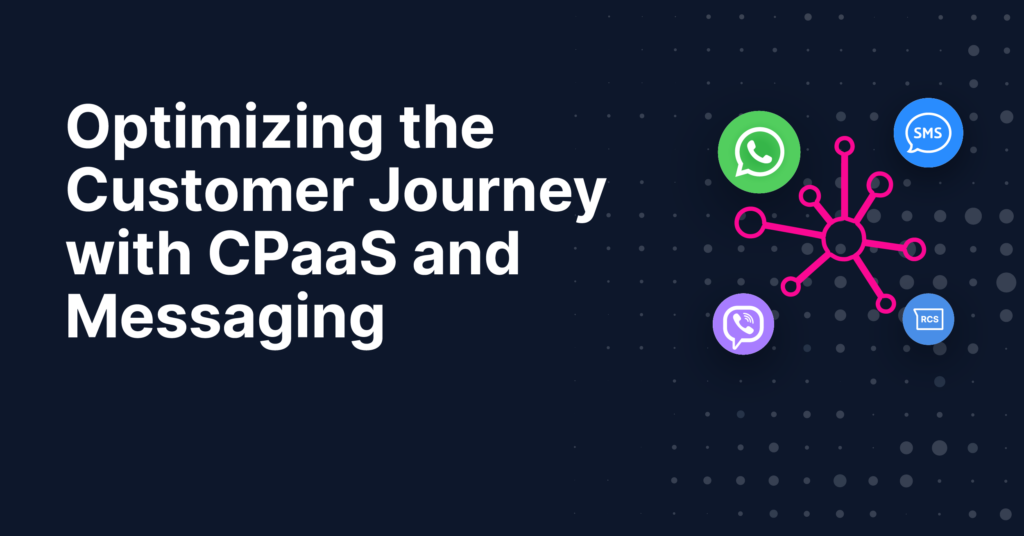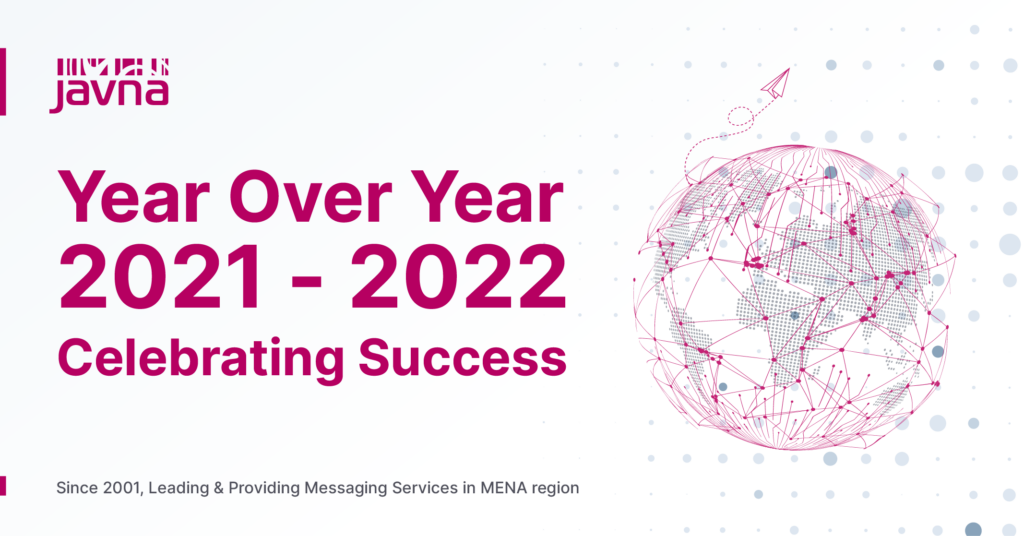Customer Journey Mapping is a pivotal strategy for businesses aiming to deepen their understanding of customer experiences and improve engagement across all touchpoints.
This article explores the integral role of CPaaS (Communications Platform as a Service) and messaging services in refining and optimizing these journeys.
You will gain insights into how these technologies can be strategically employed to enhance interaction from initial contact through to after-sales support, emphasizing personalized communication, timely engagement, and heightened customer satisfaction.
By integrating CPaaS and messaging services, businesses can foster a seamless and superior customer experience, ultimately leading to stronger relationships and increased loyalty.
1. The Importance of Customer Journey Mapping
Customer Journey Mapping is a strategic process that visualizes the path a customer takes with a business, from initial engagement to long-term loyalty. It identifies key interactions and touchpoints, offering insights into customer needs, preferences, and pain points.
The significance of this mapping lies in its ability to create a seamless customer experience by highlighting opportunities for improvement and personalization at every stage.
By understanding the journey from the customer’s perspective, businesses can tailor their strategies to meet and exceed expectations, enhancing satisfaction and fostering a deeper connection with their audience.
This strategic focus on the customer experience is essential for building trust, loyalty, and a competitive edge in today’s market.
2. CPaaS Benefits for Optimizing Customer Journeys
CPaaS (Communications Platform as a Service) significantly enhances customer interactions, offering businesses a powerful tool to optimize the customer journey. The benefits of utilizing CPaaS include:
-
Personalized Communication:
Tailors interactions using customer data, making engagements more relevant.
According to Accenture Interactive (2023), 73% of consumers favor personalized messaging app offers, showcasing CPaaS’s ability to deliver targeted communications.
-
Omnichannel Experience:
Ensures a consistent journey across all channels. PWC’s 2023 survey notes that 73% of consumers value customer experience highly, influencing their purchase decisions.
CPaaS integrates channels like SMS and email onto one platform for seamless communication.
-
Real-time Engagement:
Enables immediate responses to customer inquiries, boosting satisfaction.
-
Scalability and Cost Efficiency:
Supports business growth and reduces costs by automating communications.
IDC (2022) found 80% of CPaaS-using businesses reported improved operational efficiency, highlighting its benefits in streamlining processes and saving expenses.
3. Messaging Platforms: Uses Across the Customer Journey
Here are Examples and roles of various messaging platforms in enriching each phase of the customer journey.
Used for sending personalized promotions and updates, answering queries in real-time, and providing after-sales support.
Effective for appointment reminders, transaction confirmations, and time-sensitive alerts.
-
Facebook Messenger:
Ideal for engaging customers with interactive content, customer service conversations, and collecting feedback.
-
Web Chat:
Offers instant assistance on websites, guiding customers through purchase decisions or troubleshooting issues.
These platforms enable businesses to meet customers where they are, enhancing the overall customer experience by making interactions seamless and responsive throughout the entire journey.
4. Leveraging CPaaS and Messaging Strategies
Leveraging CPaaS and messaging services together involves strategic integration to enhance customer communication and engagement. Key strategies include:
-
Unified Communication Channels:
Integrate messaging services across various platforms via CPaaS to provide a consistent customer experience.
-
Automated Personalization:
Use CPaaS to automate personalized messages based on customer data and behavior, delivering targeted content through preferred messaging channels.
-
Real-time Interactions:
Implement instant messaging solutions for real-time customer support and feedback, facilitating prompt resolutions and boosting satisfaction.
-
Data-Driven Insights:
Employ CPaaS analytics to understand customer interactions across messaging platforms, enabling informed decisions to refine communication strategies.
By combining CPaaS capabilities with messaging services, businesses can forge a seamless, personalized, and efficient communication ecosystem tailored to meet customers’ evolving expectations.
Javna, as a leading provider in this space, excels in facilitating such integrations, offering robust CPaaS solutions that empower businesses to leverage messaging services effectively.
5. Techniques for Tailored Messaging Experiences
Utilizing messaging services to deliver tailored customer experiences involves strategic techniques that ensure communications are personalized and relevant. Key approaches include:
-
Segmentation:
Group customers based on demographics, behavior, or preferences to send targeted messages that resonate with each segment.
-
Contextual Messaging:
Use customer interaction history and context to craft messages that are timely and relevant to the individual’s current stage in the customer journey.
-
Personalization Tokens:
Incorporate personalization tokens in messages, such as the customer’s name or recent purchase history, to create a more personal connection.
-
Feedback Loops:
Implement mechanisms for customers to provide feedback through messaging services, using this input to further customize and improve the messaging strategy.
These techniques enable businesses to use messaging services effectively, creating more engaging and personalized experiences that drive customer satisfaction and loyalty.
6. Analyzing and Refining the Customer Journey
Analyzing and refining the customer journey is a continuous process that leverages data and insights to enhance the overall customer experience. Key steps include:
-
Collecting Data:
Gather comprehensive data on customer interactions across all touchpoints to understand their behaviors and preferences.
-
Customer Feedback:
Actively seek customer feedback on their experiences to identify areas for improvement.
-
Performance Metrics:
Utilize CPaaS and messaging service analytics to measure engagement rates, response times, and satisfaction levels.
-
Iterative Refinement:
Use the insights gained to make targeted adjustments to communication strategies, continuously refining the customer journey for optimal outcomes.
This approach ensures that businesses can adapt and evolve their strategies to meet changing customer expectations, leading to improved satisfaction and loyalty.
7. Conclusion
In conclusion, optimizing the customer journey through CPaaS and messaging services presents a significant opportunity for businesses to enhance communication, engagement, and support.
By strategically leveraging these technologies, companies can deliver personalized, timely experiences that meet the evolving expectations of their customers.
The key lies in understanding customer needs, employing data-driven strategies for personalization, and continuously analyzing and refining the journey based on feedback and metrics.
Embracing these practices allows businesses to build stronger relationships with their customers, ultimately driving satisfaction and loyalty in the competitive digital marketplace.
8. FAQs about Customer Journey Mapping
-
What are the 7 steps to map the customer journey?
The seven steps to map the customer journey are:
-
- Define Objectives: Clarify what you want to achieve with the map.
- Research and Gather Data: Collect information on customer interactions and feedback.
- Segment Your Customers: Identify different customer personas based on behavior and needs.
- List Touchpoints: Enumerate all possible customer interaction points with your brand.
- Identify Moments of Truth: Highlight key interactions that significantly impact the customer’s perception.
- Map the Journey: Visualize the path each persona takes, from awareness to loyalty.
- Analyze and Optimize: Use insights from the map to improve customer experiences at every touchpoint.
-
What are the 5 stages of the customer journey?
The five stages of the customer journey are:
-
- Awareness: The customer becomes aware of a need or problem and discovers your brand as a potential solution.
- Consideration: The customer evaluates your brand alongside others, considering the options available.
- Decision: The customer decides to purchase a product or service from your brand.
- Retention: Post-purchase, the customer’s experience influences their loyalty and likelihood of repeat business.
- Advocacy: Satisfied customers become brand advocates, sharing their positive experiences with others.
-
What is a customer journey map in digital marketing?
A customer journey map in digital marketing is a visual representation that outlines every interaction a customer has with a brand online.
It tracks the customer’s path from initial awareness through engagement and conversion, to post-purchase behavior.
This tool helps marketers understand and anticipate customer needs, preferences, and potential friction points, enabling them to tailor digital strategies for improved engagement, satisfaction, and loyalty.



